Are Budgerigars/Parakeets good Pets?
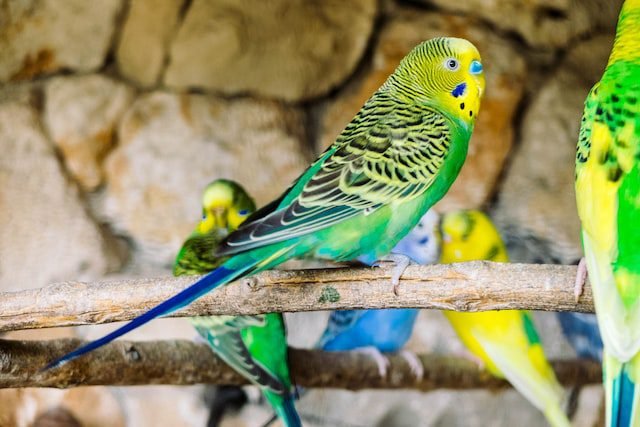
Budgerigars (Budgies), also known as parakeets, make wonderful pets. They are typically social, inquisitive, and easy to care for birds. There are many different colour variations, with green being the most common in wild birds.
Budgies range in price from $50 for an adult green to maybe $70 for a baby budgie that will perch on your hand. However, prices do naturally vary.
The blue coloration just above the beak of male budgies serves as a tell-tale sign of gender, whereas females are reddish-brown. Few people may be aware that budgerigars can talk just as effectively as some larger parrot species. Some budgies’ vocabularies have been known to accumulate hundreds of words.
What type of personalities do Budgies/Parakeets have?
Budgies are generally gentle and calm creatures. They are also very easy to train, especially if obtained when they are young. Budgies that live in pairs and entertain one another make great companions, but they may not form strong bonds with their owners or be as good at mimicking speech.
Budgies are intelligent and playful pets that require less space and upkeep than larger bird species, making them ideal for children or those new to bird keeping. Despite their smaller size, these birds require the same care and attention as their larger counterparts.
Are Budgies/Parakeets intelligent?
Budgies are quite intelligent, and while the majority are content to whistle and sing, many have been observed learning words and phrases. These hardy little birds live for 12 to 14 years and come in a variety of lovely colours.
Understanding your Budgie or Parakeet

The feathering on the top of a baby budgie’s head is distinguished by a series of bars that extend down to the cere. The cere is the fleshy area above the beak where the nostrils are located. As the bird ages to between 2 to 3 months, the bars begin to malt out gradually, and the top of the head eventually turns a completely clear colour. Unfortunately, determining the sex of the budgie at a young age is impossible, but after about three months, the cere has changed colour to either blue for a male or brown for a female.
What colours are Budgies/Parakeets?
Budgies/Parakeets come in a variety of colours, including the extremely rare and expensive albino or lutino. Green, blue, grey, purple, cinnamon, and rainbow are some of the more common colours. Some greyish colours, mauve, olive, opaline, spangled, and violet, are the result of mutations within specific genes.
How do you get your Budgie/Parakeet Home?
You will receive your new Budgie in a compact “pet box.” This is the best way to move your bird because it guarantees that it will be safe and secure until you are ready to put it in its new home. Birds shouldn’t be transported in open, exposed cages.
What type of Cage should I keep my Budgie/Parakeet in?

Any cage suggested by your veterinarian or the local pet shop should be ok for your Budgie because they have the necessary experience. Your Budgie should have enough room to exercise without being constrained by the size of the cage you choose. There should be plenty of space in the cage for activity toys and generally speaking, a larger cage is better it is.
When letting your budgie out of the transport box and into his new cage, there are a few steps that are worth following. The first thing you need to do is to place the cage in a space with a generally consistent temperature, away from draughts, and away from windows, which may expose the budgie to excessive temperature changes. Additionally, the cage needs to be in a place where it cannot be accessed by young children or other animals. A small amount of seed should be initially scattered on the floor of the cage to give the budgie enough to eat while he is looking for the seed containers. Ensure that the cage is set-up with food and water before putting your Budgie inside; don’t put any toys inside at this point.
Don’t rush when putting your Budgie/Parakeet into the cage
Make sure the windows and doors are all closed before moving your Budgie from the box to the cage. Only allow the budgie to enter their new cage once everything is ready. Don’t try to hurry them, push them inside or tap the box that will just stress them out, let them enter at their own pace. He/she might initially be a little perplexed and even start flying around erratically in his new cage’s strange surroundings. If it takes a seemingly long time for your Budgie to calm down, cover three of the cage’s sides with a thin cloth to give him an extra sense of security.
If children are present, pay close attention to their behaviour at this time. Children who are overly animated and loud can be stressful for your new Budgie. You should leave your bird alone on the first day so it can adjust. When your Budgie feels secure and content in its surroundings, it will begin to explore its new home. Young birds can simply sit on the cage’s floor or perch, and the seed scattered there will provide them with food during this time. If the baby bird has not moved or is not showing signs of eating after 24 hours, contact your veterinarian or a nearby pet store for more information.
What type of food do you feed your Budgie/Parakeet?

When it comes to food, Budgies are very easy to care for, and your local pet store can provide a high-quality budgie mix that includes a diet of fresh, balanced seeds. Always buy a mix that is similar to what the bird was eating before you got him/her. Because budgies “shuck” the seeds they eat and leave the empty husks on top of the seed dish, seed and water containers must be checked daily. By blowing away the shucks, the uneaten seed beneath can be revealed. Spray millet or finger millet is simply grain that has been left on the natural stalk rather than being removed. They can be several inches long and contain hundreds of seeds because the seeds are arranged in compact, rounded clusters. Spray millets should be consumed as a treat only in moderation because they can cause weight gain.
To offer a change in diet, honey seed bells, seed bars, and other treats can also be offered to your Budgie. An additional requirement is high-quality shell grit, which aids the budgie’s digestive system in grinding up the seed after it has been ingested. Additionally, cuttlefish and mineral blocks should be provided because they contain calcium and other minerals and trace elements that the diet of seeds might be deficient in.
Feed your Budgie small portions of fruit such as banana, strawberries, apples, grapes, oranges, peaches, blueberry, pear, raisins, mango, any type of melon, nectarines, cherries with the stone removed and kiwi fruit.,
Berries are another safe snack that your Budgie will enjoy. Any berry that is safe for humans to eat, such as strawberries, blueberries, and raspberries, is fine for your Budgie. Vegetables are also beneficial to a Budgie’s diet, and they appear to enjoy cucumber, lettuce, beetroot, tomato, rocket, celery, and capsicum. Always rinse this food before feeding it to your Budgie, as some produce may still contain toxic pesticide residue.
What type of Toys do Budgies/Parakeets like?

While your budgie is settling into his/her new environment, avoid putting toys in the cage. Toys can be introduced gradually over time and probably wait around three days before putting the first one inside. Start off with something small and working up to a ladder before moving on to toys that enhance the environment.
A budgie will swing on anything suspended from the top of their cage and play with it. A rope swing, a suspended toy, or a simple perch or swing that hooks over the top bars of your cage will provide hours of enjoyment, action, and relaxation for your Budgie. It is best to rotate the toys in and out of the cage rather than shoving a whole bunch of them in there to provide some variety for your Budgie and keep things fresh and interesting.
If you’re a Pet Parent or a family that works a lot and spends a lot of time outside of the house, the best toy you could ever get your Budgie is another budgie. Naturally, you’d need to make sure your current cage is large enough to hold two of them, or you’ll be off to the Pet Store to get a bigger one. To save money in the long run, perhaps you should just buy a cage big enough for two in the first place. Budgies are naturally sociable creatures and enjoy the company of their own species members.
Are mirrors a good toy for Budgies/Parakeets?
Mirrors in the cage can be a tricky toy because, unfortunately, some Budgies develop a mirror obsession. Giving your Budgie a mirror can give the impression that he or she has a companion, which can alleviate feelings of loneliness. Budgies naturally prefer company and live in large colonies in the wild, so a mirror can help with that. However, mirrors, for whatever reason, can cause undesirable behaviours in budgies, such as territoriality issues, and they can even show signs of aggression towards it. So feel free to try a mirror but maybe just keep an eye on things.
Is it hard to tame your Budgie/Parakeet?
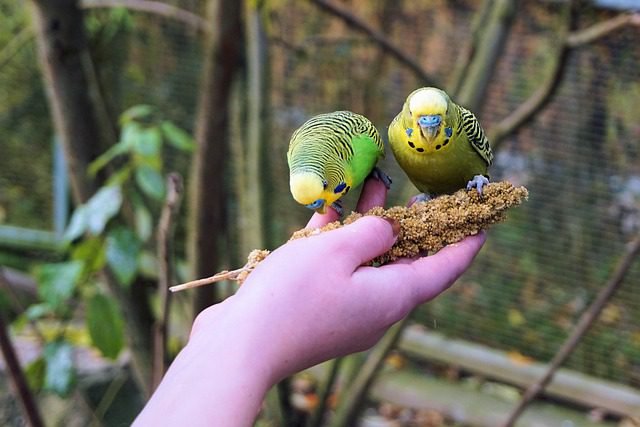
It takes a lot of time and patience to train a budgie. If your new budgie was not already tamed when you bought it and it is a youngster, you can tame it yourself, but it will take some time. To start things off, position yourself next to the cage at roughly the same time each night until your regular presence has created a sense of normalcy and they are comfortable and confident in your presence.
The next step in taming your Budgie is to place your hand inside the cage and speak calmly and quietly continuously until your budgie becomes accustomed to the presence of your hand inside and stops flying around the cage. Your Budgie will eventually feel happy enough to hop onto your palm or possibly perch itself on one of your fingers.
Prepare your house before letting your Budgie/Parakeet out of the cage
Before taking your budgie out of its cage on your hand, make sure all doors and windows are closed. Remember to block off any fireplaces. Any expensive trinkets or figurines that could be knocked over should be removed and safely stowed. To begin, gently place your thumb over your Budgie’s foot to prevent them from flying away. After about 30 seconds of perching on your finger, return your budgie to its cage. You could also talk to your veterinarian about the possibility of wing clipping.
Repeat this procedure every night until your Budgie is accustomed to it. It is critical not to startle or stress your budgie. If they start flying around nervously, leave them alone until they calm down, then gently approach and try to pick them up. If you try to chase them around the house, you will undo weeks of taming and confidence building. Both males and females can be taught to speak.
How do I best care for my Budgie/Parakeet?

Because
feather disorders can result from feathers becoming too dry due to a lack of an
open bath, your budgie should take a shallow bath on a regular basis. Another
way to give your budgie this necessary moisture is to lightly mist or spray
them in the morning. This will allow them to dry out during the day before
going to sleep at night. While some budgies enjoy bathing and baths, others do
not, so how easily that process goes is entirely dependent on chance.
Is it necessary to cover the cage of your Budgies/Parakeets at night?
Covering your Budgie’s cage at night may not be necessary if the cage is in a temperature-controlled or typically warm room and your Budgie falls asleep naturally each night. If there is a chance that the cage will become significantly cooler as the night progresses, it is critical to cover it because they are temperature sensitive. You must prevent your Budgie from experiencing big temperature changes during the night or early in the morning.
Once you’ve
established that there is a need to begin covering the cage at night, don’t let
yourself forget. If the cage is not covered one night and the temperature drops
significantly, your budgie will most likely become stressed.
What health precautions do Budgies/Parakeets require?
When
given the proper care, your budgie should live a long and fulfilling life;
however, certain illnesses can occur, the most frequent of which are diarrhoea
and wheezing. Keep your Budgie warm if they appear lethargic, have fluffed
feathers, and appear to be wheezing. Consuming too much green food, mouldy
seed, or food tainted by rodents or insects can all cause diarrhoea. If the issue persists, talk to your
veterinarian ASAP.
Budgies
require worm treatment, and your veterinarian will advise you on the best
strategy for keeping worms at bay. Budgies in suspended cages should only need
de-worming once or twice a year because the chances of re-infestation are low,
but your veterinarian will advise you on this.
Your veterinarian will recommend the proper worming medication and frequency once they have all the necessary information. Mites that are parasitic may also be a problem. On the perches where your budgie spends the day resting, you may notice a small red blob caused by these mites, which feed on its blood.
With a
spray that you can purchase from your veterinarian, they are easily dealt with.


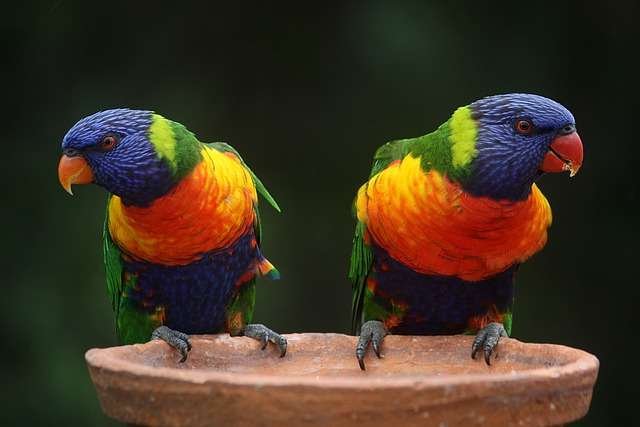
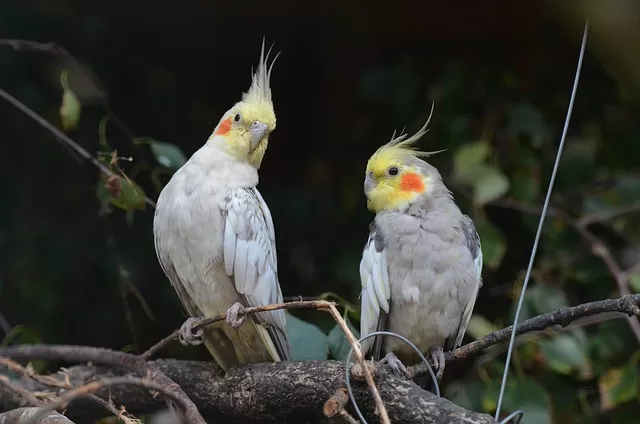
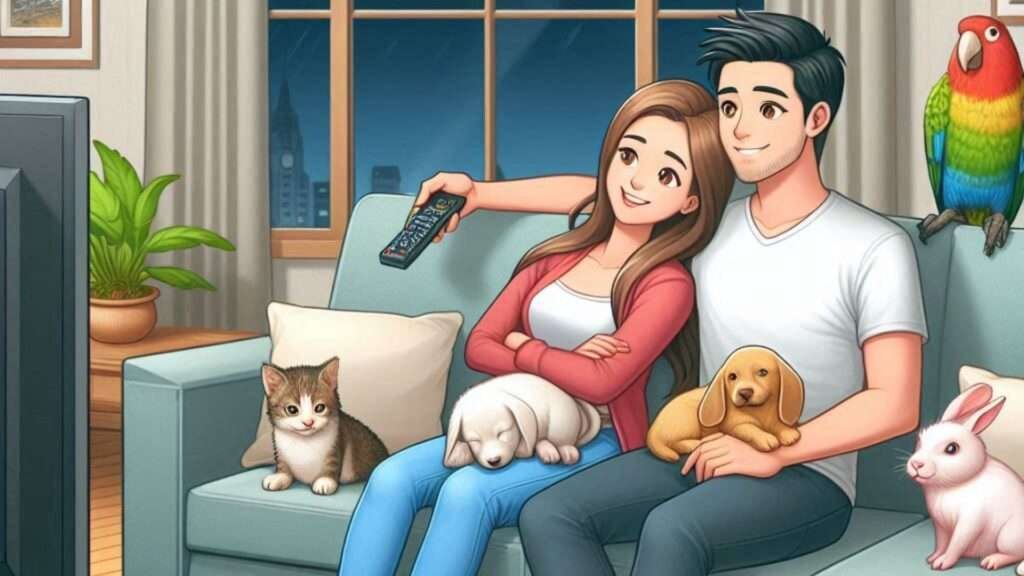
[…] HOW TO LOOK AFTER A PET BUDGERIGAR […]
[…] and I’ve written a Blog article about them on my other website, ‘My Pet Support’ and here is the link. I make no secret that I think budgies are exceptional. These small, colourful, […]